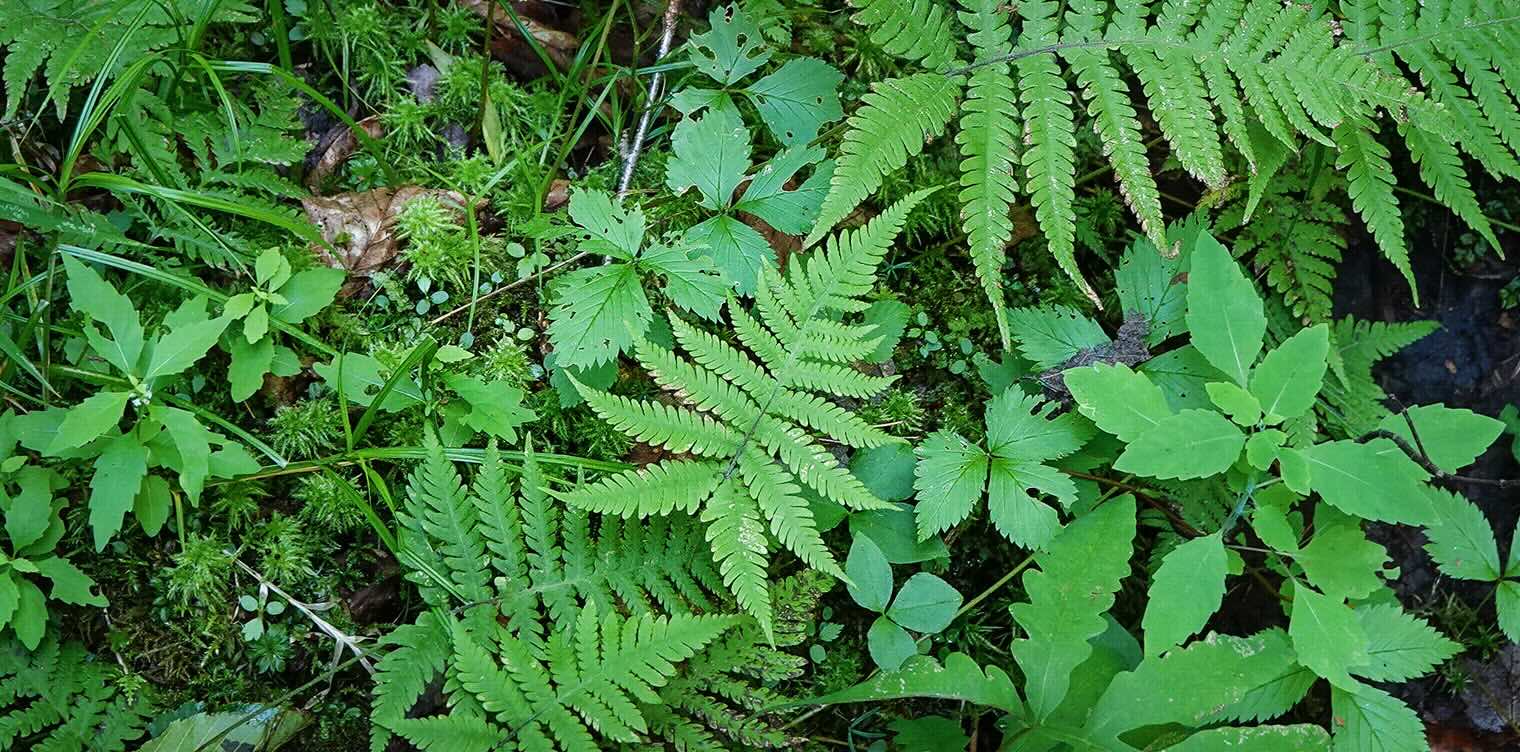
Beech ferns are fascinating plants that often go unnoticed in the shadow of their more famous relatives. These delicate ferns thrive in shady, moist environments, making them a common sight in forests and woodlands. But what makes them special? Beech ferns have unique fronds that resemble feathers, adding a touch of elegance to any natural setting. They play a crucial role in their ecosystems by providing habitat and food for various wildlife. Additionally, these ferns are indicators of healthy soil and air quality. Whether you're a botany enthusiast or just curious about nature, learning about Beech ferns can deepen your appreciation for the natural world.
What is Beech Fern?
Beech fern, scientifically known as Phegopteris connectilis, is a delicate and beautiful fern species found in various parts of the world. Known for its unique appearance and interesting characteristics, this fern has captured the attention of botanists and nature enthusiasts alike.
- Beech fern is a member of the Thelypteridaceae family, which includes around 900 species of ferns.
- The scientific name Phegopteris connectilis comes from Greek words meaning "beard fern" and "connected," referring to the plant's appearance and structure.
- Beech fern is native to North America, Europe, and Asia, thriving in temperate regions.
- This fern prefers moist, shaded environments, often found in forests, woodlands, and along stream banks.
- The fronds of the beech fern are triangular and can grow up to 60 cm in length.
- Unlike many ferns, beech fern fronds are not divided into separate leaflets but have a continuous, connected appearance.
- The fronds are light green and have a delicate, lacy texture, making them visually appealing.
- Beech fern reproduces through spores, which are produced on the underside of the fronds.
- The spores are released into the air and can travel long distances before settling and growing into new plants.
- Beech fern is a perennial plant, meaning it can live for several years and regrow each spring.
Habitat and Growth Conditions
Understanding the habitat and growth conditions of beech fern can help in identifying and cultivating this plant. Here are some interesting facts about where and how beech fern grows.
- Beech fern thrives in acidic soils with a pH range of 4.5 to 6.5.
- It prefers well-drained soils but can tolerate occasional waterlogging.
- This fern is often found growing in the understory of deciduous forests, where it benefits from the dappled sunlight filtering through the tree canopy.
- Beech fern can also grow in coniferous forests, particularly in areas with high humidity.
- The plant is sensitive to direct sunlight and can become scorched if exposed to too much light.
- Beech fern is frost-tolerant and can survive in cold climates, making it suitable for a wide range of environments.
- It can grow at altitudes ranging from sea level to 2,000 meters, depending on the region.
- Beech fern often forms dense colonies, spreading through underground rhizomes.
- The rhizomes can help the plant survive in harsh conditions by storing nutrients and water.
- Beech fern is an indicator species, meaning its presence can indicate the health of an ecosystem.
Ecological Importance
Beech fern plays a significant role in its ecosystem, contributing to biodiversity and providing benefits to other organisms. Here are some facts highlighting its ecological importance.
- Beech fern provides habitat and shelter for various small animals and insects.
- The plant helps prevent soil erosion by stabilizing the soil with its root system.
- Beech fern contributes to the nutrient cycle by decomposing and enriching the soil with organic matter.
- The fern's fronds can provide cover for ground-dwelling birds and small mammals.
- Beech fern is a food source for some herbivorous insects and animals.
- The plant can help improve air quality by absorbing pollutants and releasing oxygen.
- Beech fern can be used in phytoremediation, a process where plants are used to clean contaminated soil and water.
- The presence of beech fern can indicate a healthy, undisturbed forest ecosystem.
- Beech fern can be used in natural landscaping and restoration projects to promote biodiversity.
- The plant's aesthetic appeal makes it a popular choice for ornamental gardens and shaded landscapes.
Cultural and Historical Significance
Beech fern has also found its place in various cultures and historical contexts. Here are some intriguing facts about its cultural and historical significance.
- In some Native American cultures, beech fern was used for medicinal purposes, such as treating wounds and respiratory issues.
- The fern has been used in traditional European herbal medicine for its purported health benefits.
The Final Word on Beech Ferns
Beech ferns are more than just pretty plants. They play a big role in keeping forests healthy. These ferns help stop soil erosion, provide homes for small animals, and add beauty to shady spots. They’re easy to grow if you have the right conditions: moist, well-drained soil and some shade. Beech ferns can even thrive indoors with a bit of care. So, whether you’re a seasoned gardener or just starting out, adding beech ferns to your space can be a great idea. They’re low-maintenance, versatile, and beneficial for the environment. Next time you see a beech fern, remember all the cool facts you’ve learned. Happy gardening!
Was this page helpful?
Our commitment to delivering trustworthy and engaging content is at the heart of what we do. Each fact on our site is contributed by real users like you, bringing a wealth of diverse insights and information. To ensure the highest standards of accuracy and reliability, our dedicated editors meticulously review each submission. This process guarantees that the facts we share are not only fascinating but also credible. Trust in our commitment to quality and authenticity as you explore and learn with us.
